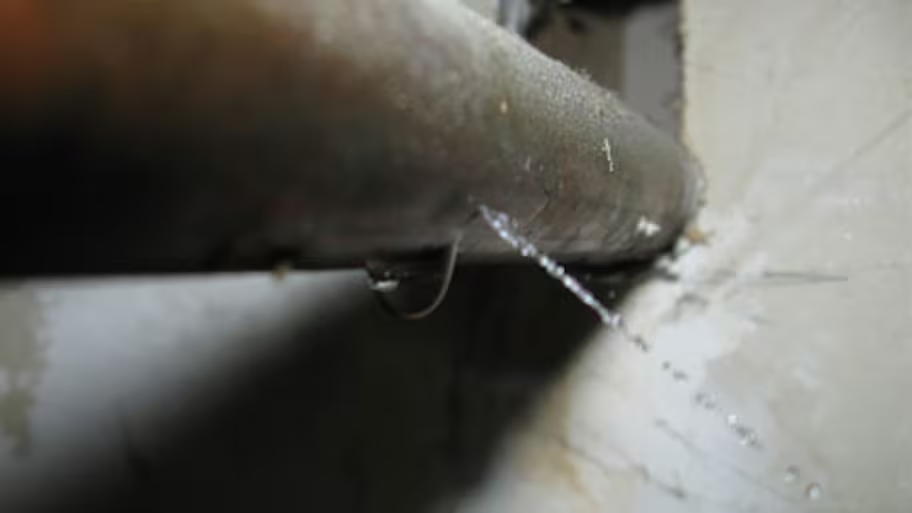Identifying the Top Causes for Drips in The Home
Identifying the Top Causes for Drips in The Home
Blog Article
The publisher is making a few good points regarding Common Water Leaks In House in general in this great article in the next paragraphs.

Leaks not just trigger waste of water yet can likewise create unnecessary damage to your home and also advertise undesirable organic growth. Unfortunately, water leakages could go unnoticed because most of the pipework in our residence is hidden. By looking as well as understanding for daily situations that trigger leakages, you can protect your residence from future leaks and also unnecessary damages. Today, we will consider six leakage triggers that might be causing your pipelines to drip.
Instant temperature level changes.
Severe temperature level modifications in our pipes can trigger them to increase as well as get all of a sudden. This development and also tightening may cause cracks in the pipelines, particularly if the temperature are below freezing. If you maintained an eye on exactly how your plumbing works, it would certainly be best. The presence of the formerly pointed out situations frequently suggests a high risk.
Rusty water supply
This could be the cause of discoloration or bending on your water pipes. If our plumbing system is old, take into consideration changing the pipes given that they are at a higher threat of rust than the more recent designs.
Malfunctioning Pipe Joints
Pipeline joints can degrade over time, resulting in water leaks. If you have loud pipes that make ticking or banging sounds, especially when the warm water is turned on, your pipe joints are probably under a great deal of stress.
Encroaching origins
Many water leakages begin outside your home as opposed to inside it. If you see an abrupt decrease in water stress, state in your faucet, take time to head out and also analyze your lawn. You may notice damp patches or sinkholes in your backyard, and that could imply that tree origins are invading water lines creating water to seep out. You can have your plumber look for intrusion, particularly if you have trees or hedges near your building.
Poor Water Connectors
At times, a leak can be triggered by loose hose pipes as well as pipes that provide your appliances. Generally, shifting is what creates the loose water Links. You may find when it comes to a washing equipment, a pipe may spring a leak due to trembling throughout the spin cycle. In case of a water connections leak, you may discover water running directly from the supply line or pools around your appliances.
Clogged Drains
Obstructed drains could be annoying as well as inconveniencing, but they can often end up triggering an overflow bring about rupture pipelines. Keep eliminating any kind of materials that may drop your drains that could block them to stay clear of such hassles.
All the above are sources of leaks but not all water leaks result from plumbing leakages; some leakages could originate from roof leaks. All leaks ought to be fixed promptly to stay clear of water damages.
Leakages not only trigger waste of water however can additionally create unnecessary damage to your home and promote unwanted organic growth. By looking as well as comprehending for daily circumstances that trigger leaks, you can safeguard your house from future leaks and unneeded damage. Today, we will look at six leak creates that might be creating your pipes to trickle.
At times, a leakage can be triggered by loosened hose pipes as well as pipelines that supply your home appliances. In situation of a water connections leakage, you may see water running directly from the supply line or puddles around your devices.
How To Check For Water Leak In Your Home
How To Check for Leaks
The average household's leaks can account for nearly 10,000 gallons of water wasted every year and ten percent of homes have leaks that waste 90 gallons or more per day. Common types of leaks found in the home are worn toilet flappers, dripping faucets, and other leaking valves. These types of leaks are often easy to fix, requiring only a few tools and hardware that can pay for themselves in water savings. Fixing easily corrected household water leaks can save homeowners about 10 percent on their water bills.
To check for leaks in your home, you first need to determine whether you're wasting water and then identify the source of the leak. Here are some tips for finding leaks:
Take a look at your water usage during a colder month, such as January or February. If a family of four exceeds 12,000 gallons per month, there are serious leaks.
Check your water meter before and after a two-hour period when no water is being used. If the meter changes at all, you probably have a leak.
Identify toilet leaks by placing a drop of food coloring in the toilet tank. If any color shows up in the bowl after 10 minutes, you have a leak. (Be sure to flush immediately after the experiment to avoid staining the tank.)
Examine faucet gaskets and pipe fittings for any water on the outside of the pipe to check for surface leaks.
Undetected water leaks can happen without the home or business owner even realizing. If you suspect a water leak, but not able to find the source. It is time to contact a professional water leak detection service, The Leak Doctor.
How To Find a Water Leak In Your Home
https://www.leakdoctor.com/blog/How-To-Check-For-Water-Leak-In-Your-Home_AE197.html

We hope you enjoyed our part about Common Water Leaks In House. Thank you so much for finding the time to read through our blog post. Feel free to take a moment to share this article if you enjoyed it. I am grateful for your time. Don't forget to check our site back soon.
Hot water issues? Report this page